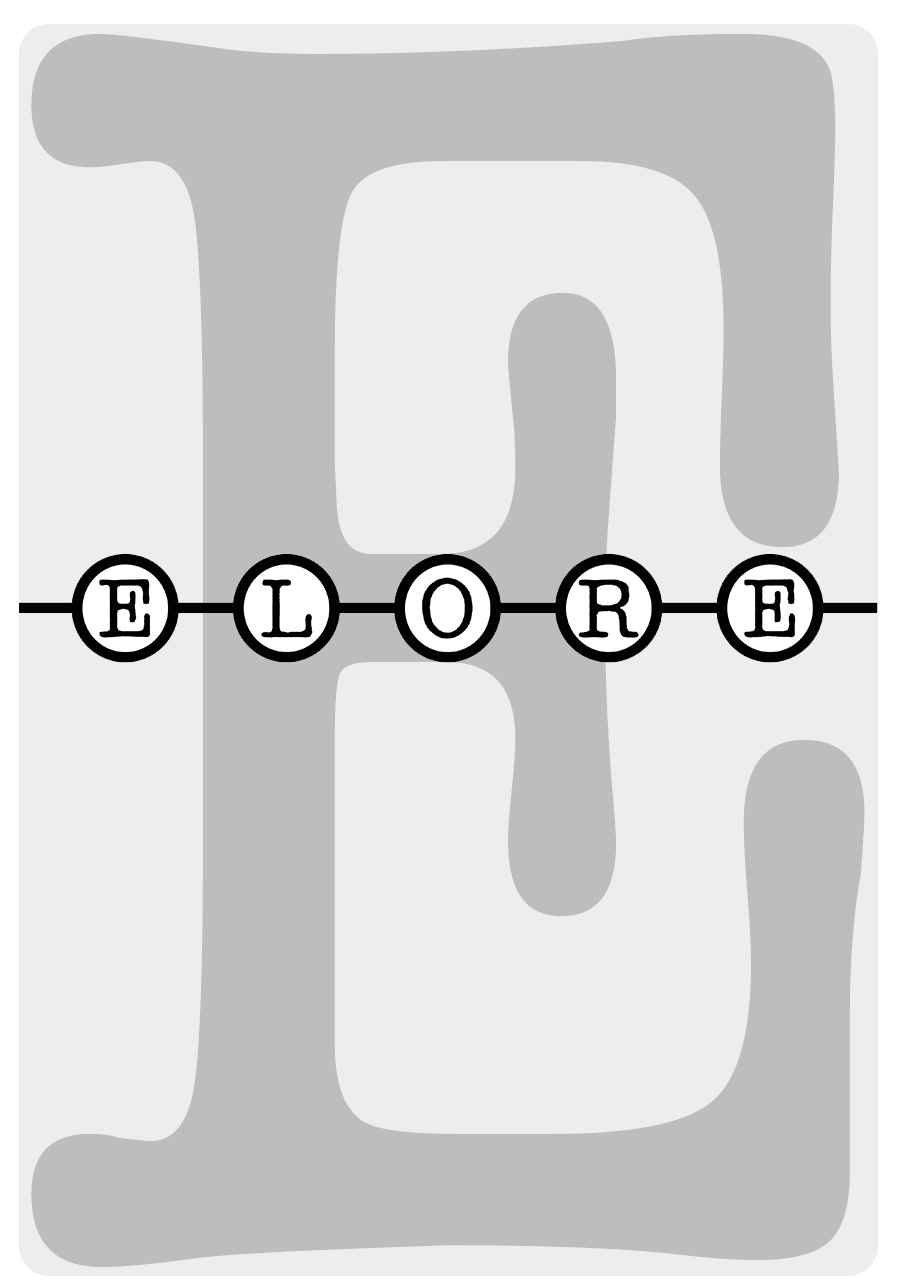Sinne ja takaisin: lähiökenttätyöstä kaupunkietnografiaan
This article is a methodological essay on ethnographic orientations in a context that is far-removed from the conventional settings of anthropological fieldwork. It is based on fieldwork done intermittently between 1985 and 2001 in Pozzuoli, a town bordering Naples in South Italy. The question of location takes many forms in anthropological research, and here three facets of this issue are discussed. Interpretations are patterned, first, by the presence of the researcher in a particular setting; second, by the ground set by the corpus of (regional) ethnographic traditions; and third, by transforming theoretical ideas and conventions of writing. Knowledge is eventually pieced together as an ethnographic narrative from ordinary and even seemingly insignificant minutiae of everyday life. The thickness of ethnographic descriptions is based on encounters where shared meanings open out through varying communicative, bodily and social orientations. The shifting of to a certain extent unpredictable fragments is the basis for understanding. Ethnography as a text and ethnography as a method are related in many ways before, during and after fieldwork.
DOI:
https://doi.org/10.30666/elore.78807Abstract
This article is a methodological essay on ethnographic orientations in a context that is far-removed from the conventional settings of anthropological fieldwork. It is based on fieldwork done intermittently between 1985 and 2001 in Pozzuoli, a town bordering Naples in South Italy. The question of location takes many forms in anthropological research, and here three facets of this issue are discussed. Interpretations are patterned, first, by the presence of the researcher in a particular setting; second, by the ground set by the corpus of (regional) ethnographic traditions; and third, by transforming theoretical ideas and conventions of writing. Knowledge is eventually pieced together as an ethnographic narrative from ordinary and even seemingly insignificant minutiae of everyday life. The thickness of ethnographic descriptions is based on encounters where shared meanings open out through varying communicative, bodily and social orientations. The shifting of to a certain extent unpredictable fragments is the basis for understanding. Ethnography as a text and ethnography as a method are related in many ways before, during and after fieldwork.Downloads
Published
How to Cite
Issue
Section
License
The journal follows Diamond Open Access publishing model: the journal does not charge authors and published texts are immediately available on the Journal.fi service for scientific journals. By submitting an article for publication on Elore, the author agrees, as of September 2024, that the work will be published under a CC BY 4.0 licence. Under the licence, others may copy, transmit, distribute and display the copyrighted work and any modified versions of the work based on it only if they attribute the licence, the original publication (link or reference) and the author as the original author. Any modifications made must be acknowledged.
Copyright of the texts remains with the authors, and self-archiving (Green OA) of the published version is allowed. This also applies to texts published before September 2024. The Green OA publication must include Elore's publication details.
The metadata for published articles is licensed under Creative Commons CC0 1.0 Universal.





